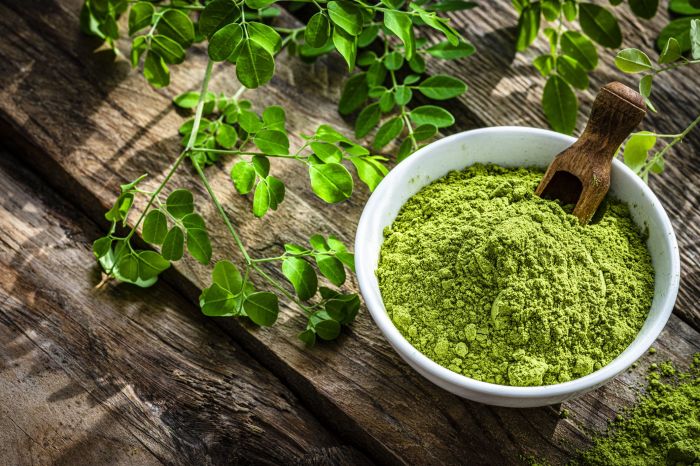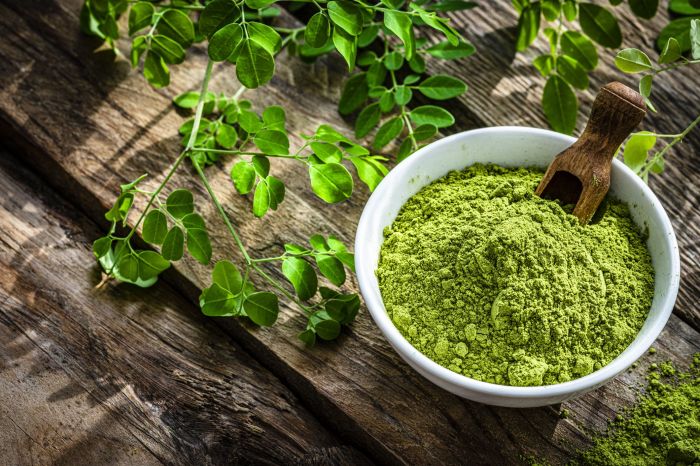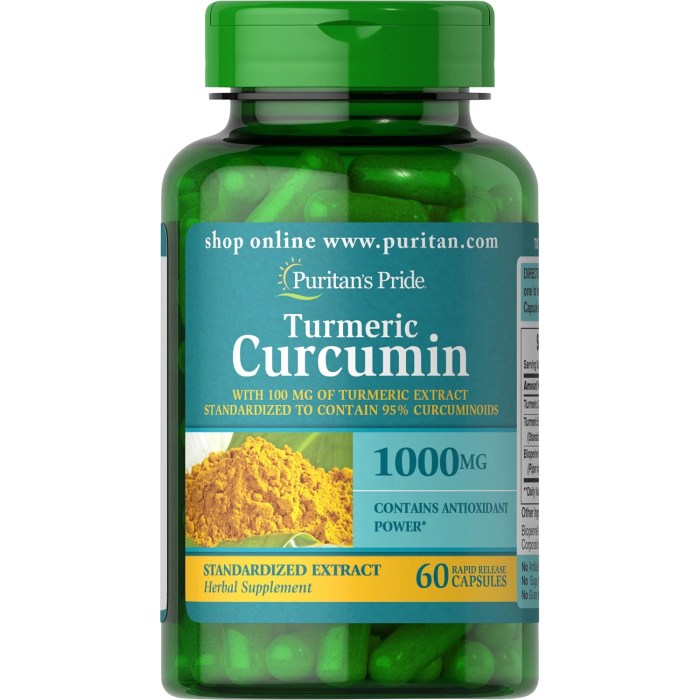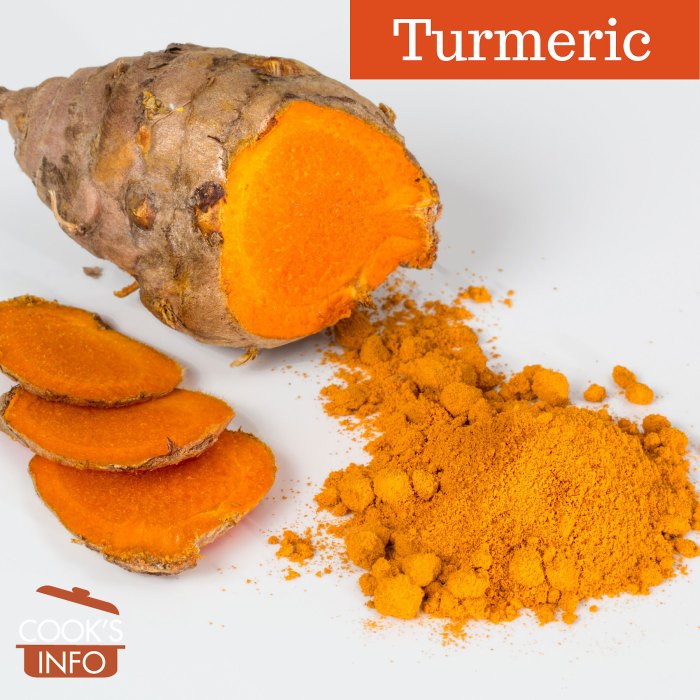Before you use stool softeners, take a moment to understand how they work and what to consider. This comprehensive guide delves into the mechanisms behind these medications, outlining the different types, potential side effects, and crucial factors to weigh before taking them. We’ll also explore alternative approaches to bowel regularity, like dietary changes and lifestyle adjustments.
Understanding the potential interactions with existing medications and underlying health conditions is paramount. We’ll explore the importance of consulting a healthcare professional, the significance of a complete medical history, and the role of diet and lifestyle in maintaining healthy bowel movements. This information empowers you to make informed decisions about your bowel health.
Understanding Stool Softeners
Stool softeners are medications used to ease bowel movements by softening the stool, making it easier to pass. They are commonly used for occasional constipation or as part of a long-term management strategy for individuals with chronic digestive issues. Understanding how they work, the different types, and potential side effects is crucial for safe and effective use.Stool softeners work by increasing the amount of water in the stool, making it bulkier and more hydrated.
This increased water content softens the stool, reducing the strain on the intestines during bowel movements. This mechanism allows for easier passage and prevents the discomfort and complications often associated with hard, dry stools.
Mechanisms of Action
Stool softeners function by altering the properties of the stool. They do not stimulate the intestines directly like laxatives. Instead, they increase the water content of the stool, making it softer and easier to pass. This process helps reduce the effort required for bowel movements and minimizes the risk of straining.
Types of Stool Softeners and Active Ingredients
Several types of stool softeners are available, each with a unique active ingredient and mechanism of action.
- Docusate Sodium (Colace, others): This is a commonly used stool softener that works by increasing the water absorption into the stool. This allows the stool to become more hydrated and pliable. It is generally considered a safe and effective option for mild to moderate constipation.
- Docusate Calcium (others): Similar to docusate sodium, docusate calcium also promotes water absorption into the stool. It is an alternative for individuals who may have sensitivities to sodium-based products.
- Mineral Oil (others): Mineral oil coats the stool and lubricates the intestinal tract. This reduces friction, making it easier for the stool to pass through the intestines. However, it can have some side effects and is less frequently prescribed now due to concerns about its long-term health implications. Its use should be carefully considered by healthcare professionals and individuals.
Effectiveness Comparison
The effectiveness of different stool softeners can vary depending on individual factors and the specific cause of constipation. Docusate sodium and calcium are generally effective for most cases of mild to moderate constipation. Mineral oil, while effective, has potential side effects and is typically used less frequently.
Potential Side Effects
Like any medication, stool softeners can have side effects. Common side effects include bloating, gas, and abdominal discomfort. Less common but more serious side effects can occur, such as allergic reactions or interactions with other medications. Always consult with a healthcare professional if you experience unusual or persistent side effects.
Dosage Guidelines and Recommendations
Dosage guidelines vary depending on the specific stool softener and the individual’s needs. It is crucial to follow the instructions provided by the manufacturer and consult a healthcare professional for personalized dosage recommendations. Starting with the lowest effective dose is generally recommended.
Inappropriate Use and Contraindications
Stool softeners are generally safe for most adults. However, certain situations may make their use inappropriate or contraindicated. These situations include severe abdominal pain, suspected bowel obstruction, or inflammatory bowel disease. Always consult a healthcare professional before using stool softeners, especially if you have underlying health conditions or are taking other medications.
Before you reach for stool softeners, consider this: straining during bowel movements can sometimes lead to common symptoms of low back pain. Common symptoms of low back pain can range from stiffness to sharp shooting pains, and it’s crucial to identify the root cause before you use stool softeners. So, take a moment to examine your posture and your bowel habits before turning to medication.
Factors to Consider Before Use

Stool softeners can be helpful for managing occasional constipation, but their use shouldn’t be taken lightly. Understanding the potential interactions and considerations before starting this type of medication is crucial for both safety and effectiveness. A thorough assessment of your overall health is essential.Using stool softeners without a proper understanding of your individual needs can potentially lead to unwanted side effects or hinder the effectiveness of other medications you might be taking.
Before you use stool softeners, it’s worth considering your overall health. For example, exploring natural remedies like fenugreek for hair growth might be a more holistic approach. Fenugreek for hair growth is gaining popularity, but it’s essential to remember that everyone’s body reacts differently to different substances, so always consult a doctor before trying new things, especially when it comes to digestive health issues.
Ultimately, understanding your body’s needs is key before taking any steps to improve it.
A consultation with a healthcare professional is always recommended before initiating any new treatment, including stool softeners.
Importance of Professional Consultation
Consulting a healthcare professional is paramount before starting stool softener use. They can assess your specific health situation and determine if stool softeners are appropriate for you. They will consider your medical history and any existing conditions that could interact with the medication. This personalized approach is critical for safety and optimal results.
Impact of Underlying Medical Conditions, Before you use stool softeners
Underlying medical conditions can significantly influence the use of stool softeners. Certain conditions, such as inflammatory bowel disease (IBD), diverticulitis, or irritable bowel syndrome (IBS), might require a more cautious approach or alternative solutions. A healthcare professional can evaluate the potential interactions between your condition and the stool softener, ensuring the safest and most effective course of action.
Impact of Current Medications
Current medications can interact with stool softeners, potentially affecting their effectiveness or safety. Some medications, particularly those affecting the digestive system or kidney function, may alter how your body processes the stool softener. A healthcare professional can assess the potential drug interactions to prevent adverse effects and optimize treatment outcomes.
Questions to Ask a Healthcare Provider
Before starting stool softener use, it’s essential to discuss the following with your healthcare provider:
- What are the potential side effects of this stool softener?
- Are there any interactions with my current medications?
- Are there any lifestyle changes I should make to improve bowel regularity?
- What is the recommended dosage and duration of use?
- What are the alternative treatment options if stool softeners are not suitable?
These questions will help you understand the risks and benefits associated with the medication and ensure safe and effective use.
Potential Drug Interactions
The following table Artikels potential drug interactions with common stool softeners. It’s crucial to remember this is not an exhaustive list and should not be used as a substitute for professional medical advice.
Before you use stool softeners, it’s important to consider potential underlying health issues. For example, if you’re experiencing persistent constipation and suspect it might be related to a more serious condition like castration resistant prostate cancer, castration resistant prostate cancer , it’s crucial to consult your doctor first. Ultimately, a doctor’s guidance is always best before you start any new regimen, including stool softeners.
| Stool Softener | Drug | Interaction | Severity | Recommendation |
|---|---|---|---|---|
| Docusate sodium | Digoxin | May slightly increase digoxin absorption | Mild | Monitor digoxin levels closely. |
| Mineral oil | Fat-soluble vitamins | Can reduce absorption of fat-soluble vitamins (A, D, E, K) | Moderate | Take vitamins separately from mineral oil. |
| Bisacodyl | Certain antibiotics | May increase risk of side effects | Mild | Consult with doctor |
| Polyethylene glycol | Certain medications affecting electrolyte balance | May exacerbate electrolyte imbalances | Moderate | Monitor electrolytes closely. |
Role of Diet and Lifestyle
Diet and lifestyle play a significant role in maintaining bowel regularity. A balanced diet rich in fiber, sufficient hydration, and regular physical activity can promote healthy bowel movements. Maintaining a consistent routine and managing stress can also positively impact bowel function. For instance, incorporating foods like fruits, vegetables, and whole grains can increase fiber intake, while adequate water intake ensures proper bowel movement.
Patient Considerations: Before You Use Stool Softeners
Educating patients about stool softeners is crucial for their safe and effective use. Proper understanding empowers patients to manage their bowel health proactively and reduces the risk of adverse reactions. A thorough understanding of the medication’s potential side effects and proper administration is paramount. Accurate medical history is also vital for appropriate medication selection and dosage.A comprehensive approach to patient care involves not only prescribing the medication but also providing clear instructions and addressing any concerns.
This proactive approach ensures optimal outcomes and minimizes potential complications. Understanding the reasons behind the need for stool softeners, proper administration, and recognizing warning signs for potential side effects are critical components of patient care.
Importance of Patient Education
Patient education regarding stool softeners should cover the proper usage, potential side effects, and when to seek medical attention. Clear and concise instructions about dosage, frequency, and potential adverse reactions are vital. This education should also address the importance of consistent use and the potential need for adjusting the medication based on individual responses. Educating patients about possible interactions with other medications is equally important.
A patient’s active participation in their care is critical for successful management of bowel issues.
Maintaining Accurate Medical History
Maintaining a complete and accurate medical history is essential for safe and effective medication use. This includes a detailed record of pre-existing conditions, allergies, and any current medications, including over-the-counter drugs and supplements. A complete medical history allows healthcare providers to identify potential drug interactions and tailor treatment plans appropriately. This approach is crucial to avoid adverse reactions and ensure the best possible health outcomes.
A complete medical history ensures that the patient receives the most appropriate treatment.
Possible Reasons for Needing Stool Softeners
A variety of factors can lead to the need for stool softeners. Constipation can result from various underlying conditions, including certain medications, dietary changes, and lifestyle factors. Certain medical conditions, such as irritable bowel syndrome (IBS) or inflammatory bowel disease (IBD), may also require the use of stool softeners. Patients experiencing mobility issues or those who have difficulty with regular bowel movements may also benefit from these medications.
- Medications: Some medications can cause constipation as a side effect.
- Dietary Changes: Changes in diet, such as reduced fiber intake, can lead to constipation.
- Lifestyle Factors: Lack of physical activity or stress can contribute to constipation.
- Medical Conditions: Conditions like IBS and IBD may necessitate the use of stool softeners.
- Mobility Issues: Difficulty with regular bowel movements due to mobility limitations.
Proper Administration of Stool Softeners
Proper administration of stool softeners is crucial for achieving the desired effect and minimizing potential side effects. Dosage and frequency instructions should be clearly Artikeld and consistently followed. It’s important to adhere to the prescribed dosage and frequency. Adjusting the dosage based on individual response is essential for optimal outcomes.
- Dosage: Always follow the prescribed dosage as recommended by your doctor or pharmacist. Never exceed the recommended dosage without consulting a healthcare professional.
- Frequency: Follow the prescribed frequency for taking the medication. This is usually once or twice a day, or as directed by the healthcare provider.
- Consistency: Consistent use is crucial for achieving the desired effects. Missing doses may affect the effectiveness of the medication.
- Hydration: Adequate hydration is essential for optimal bowel function. Increase fluid intake while using stool softeners.
- Dietary Adjustments: If needed, dietary adjustments can be made to support the use of stool softeners.
Communicating with Patients about Bowel Health
Open and honest communication with patients about their bowel health and the need for stool softeners is paramount. Different communication styles and approaches may be more effective with different individuals. The use of clear and simple language is essential for patients to understand the information effectively. Healthcare professionals should be sensitive to patients’ individual needs and preferences.
| Communication Style | Description | Effectiveness |
|---|---|---|
| Direct and Informative | Clear explanation of the need, dosage, and side effects. | High |
| Empathetic and Supportive | Addressing concerns and providing reassurance. | High |
| Question-and-Answer Format | Encouraging patients to ask questions and express concerns. | High |
| Visual Aids | Using diagrams or illustrations to explain complex concepts. | Moderate to High |
Identifying Warning Signs and Symptoms
Recognizing warning signs and symptoms that may indicate adverse reactions to stool softeners is critical. Symptoms such as severe abdominal pain, bloody stools, or signs of dehydration should prompt immediate medical attention. It’s important to be aware of these symptoms and know when to seek medical help. A healthcare professional should be consulted if any adverse effects are experienced.
- Severe Abdominal Pain: This could indicate a more serious underlying condition.
- Bloody Stools: A sign of possible internal injury or infection.
- Signs of Dehydration: Dry mouth, decreased urine output, dizziness.
- Allergic Reactions: Hives, itching, difficulty breathing.
- Other Severe Symptoms: Any unexplained or worsening symptoms should be evaluated by a healthcare professional.
Safety and Precautions
Stool softeners can be incredibly helpful for managing occasional constipation, but it’s crucial to use them responsibly. Overuse or improper use can lead to potential complications, so understanding the safety measures is vital. This section focuses on the importance of mindful usage and the precautions to take to avoid adverse effects.Excessive use of stool softeners can disrupt the natural bowel function.
Your body relies on regular bowel movements for overall health, and relying on these medications to regularly soften stool can disrupt this process over time. This can lead to dependence and, in some cases, a weakening of the muscles responsible for bowel movements.
Avoiding Excessive Use
Understanding the proper dosage and frequency is essential. Following the instructions on the product label is paramount. Using stool softeners only when needed, rather than as a routine habit, is key to preventing overuse and maintaining a healthy bowel function. If constipation is a persistent problem, consult a healthcare professional for personalized advice. This could involve dietary adjustments, lifestyle changes, or other medical interventions.
Potential Risks of Prolonged or Improper Use
Prolonged use of stool softeners can lead to a dependence on these medications. Your body might become less effective at regulating bowel movements naturally. This can result in discomfort and even more significant issues down the line. Improper use, such as taking higher doses than recommended, can also increase the risk of side effects. Be mindful of the instructions and consult with a doctor if you have any concerns.
Discontinuing Use if Side Effects Develop
If you experience any side effects while using stool softeners, discontinue use immediately and consult a healthcare professional. Side effects can vary and range from mild discomfort to more serious issues. It’s crucial to address any unusual symptoms to prevent further complications. Seeking professional guidance is always the best course of action when experiencing unexpected reactions.
Warning Signs of Potential Complications
Pay close attention to any changes in bowel habits, such as unusual consistency, frequency, or pain. Sudden or persistent abdominal pain, bloating, or nausea are also potential warning signs. If you notice these or any other unusual symptoms, contact a healthcare professional immediately. These symptoms might be related to the stool softener or could indicate a more serious underlying condition.
Common Side Effects, Causes, and Actions
| Side Effect | Cause | Action |
|---|---|---|
| Nausea | Possible overdosing or sensitivity to the medication. | Reduce dosage or discontinue use and consult a doctor. |
| Bloating | Potential accumulation of stool in the intestines. | Adjust diet, increase fluid intake, or consult a doctor if symptoms persist. |
| Abdominal cramps | Possible overdosing or sensitivity to the ingredients. | Reduce dosage or discontinue use and consult a doctor. |
| Headache | Possible side effect of some medications or dehydration. | Consult a doctor to determine the cause and seek appropriate treatment. |
| Diarrhea | Possible reaction to the stool softener or improper use. | Reduce dosage or discontinue use and consult a doctor. |
Proper use of stool softeners, adhering to dosage guidelines, and promptly addressing any side effects are essential for safety. Consult a healthcare professional before using stool softeners, especially if you have any underlying health conditions or are pregnant or breastfeeding.
Alternative Approaches to Bowel Issues

Beyond pharmaceutical interventions, several alternative approaches can significantly impact bowel regularity. These methods focus on lifestyle modifications, dietary adjustments, and stress management, often offering long-term solutions and potentially reducing reliance on medications. Understanding these strategies can empower individuals to take proactive steps towards better digestive health.Dietary changes and lifestyle adjustments are often crucial for achieving and maintaining optimal bowel function.
A balanced approach that integrates these strategies can lead to significant improvements in regularity and overall well-being. By incorporating fiber-rich foods, regular exercise, and stress-reduction techniques, individuals can create a supportive environment for a healthy digestive system.
Dietary Changes for Bowel Health
Dietary modifications play a pivotal role in managing bowel issues. Increasing fiber intake is a cornerstone of this approach. Fiber acts as a bulking agent in the digestive tract, promoting regular bowel movements and preventing constipation.
Benefits of Increased Fiber Intake
Fiber, a type of carbohydrate that the body cannot digest, offers numerous benefits for digestive health. It promotes regular bowel movements, softens stools, and prevents constipation. A high-fiber diet can also contribute to a healthy weight, lower cholesterol levels, and potentially reduce the risk of certain chronic diseases. Incorporating adequate fiber into your daily diet can lead to a more comfortable and efficient digestive process.
Types of Fiber and Their Effects
Different types of fiber have varying effects on the digestive system. Soluble fiber dissolves in water, forming a gel-like substance that can slow down digestion and promote regularity. Insoluble fiber, on the other hand, adds bulk to the stool, aiding in its passage through the digestive tract. Understanding the different types and their effects allows for a more targeted approach to dietary changes.
Foods High in Fiber
A variety of foods are excellent sources of fiber. A balanced diet rich in these foods can support healthy bowel movements.
- Fruits (e.g., apples, berries, pears): These fruits are rich in both soluble and insoluble fiber, promoting both softening and bulk.
- Vegetables (e.g., broccoli, carrots, spinach): Vegetables are another important source of fiber, with varying amounts of soluble and insoluble fiber depending on the specific vegetable.
- Legumes (e.g., beans, lentils, chickpeas): Legumes are exceptionally high in fiber, both soluble and insoluble, and are an excellent addition to a balanced diet.
- Whole grains (e.g., brown rice, quinoa, oats): Whole grains are a good source of fiber, promoting regularity and providing essential nutrients.
The Role of Exercise in Bowel Health
Regular physical activity is crucial for overall health, and it also significantly impacts bowel regularity. Exercise stimulates the digestive system, promoting healthy motility and preventing constipation.
Stress Management Techniques for Bowel Health
Stress can significantly affect bowel function. Chronic stress can lead to digestive issues, including constipation and diarrhea. Effective stress management techniques can help maintain bowel regularity. Practicing relaxation techniques, such as deep breathing exercises, yoga, or meditation, can contribute to a more balanced and regulated digestive system.
Final Review
In conclusion, using stool softeners requires careful consideration. This guide provides a comprehensive overview of their use, emphasizing the importance of consulting a healthcare professional, understanding potential interactions, and exploring alternative approaches to bowel regularity. By prioritizing safety and seeking expert advice, you can navigate the use of stool softeners effectively and safely. Remember that your overall health and well-being are paramount.




























